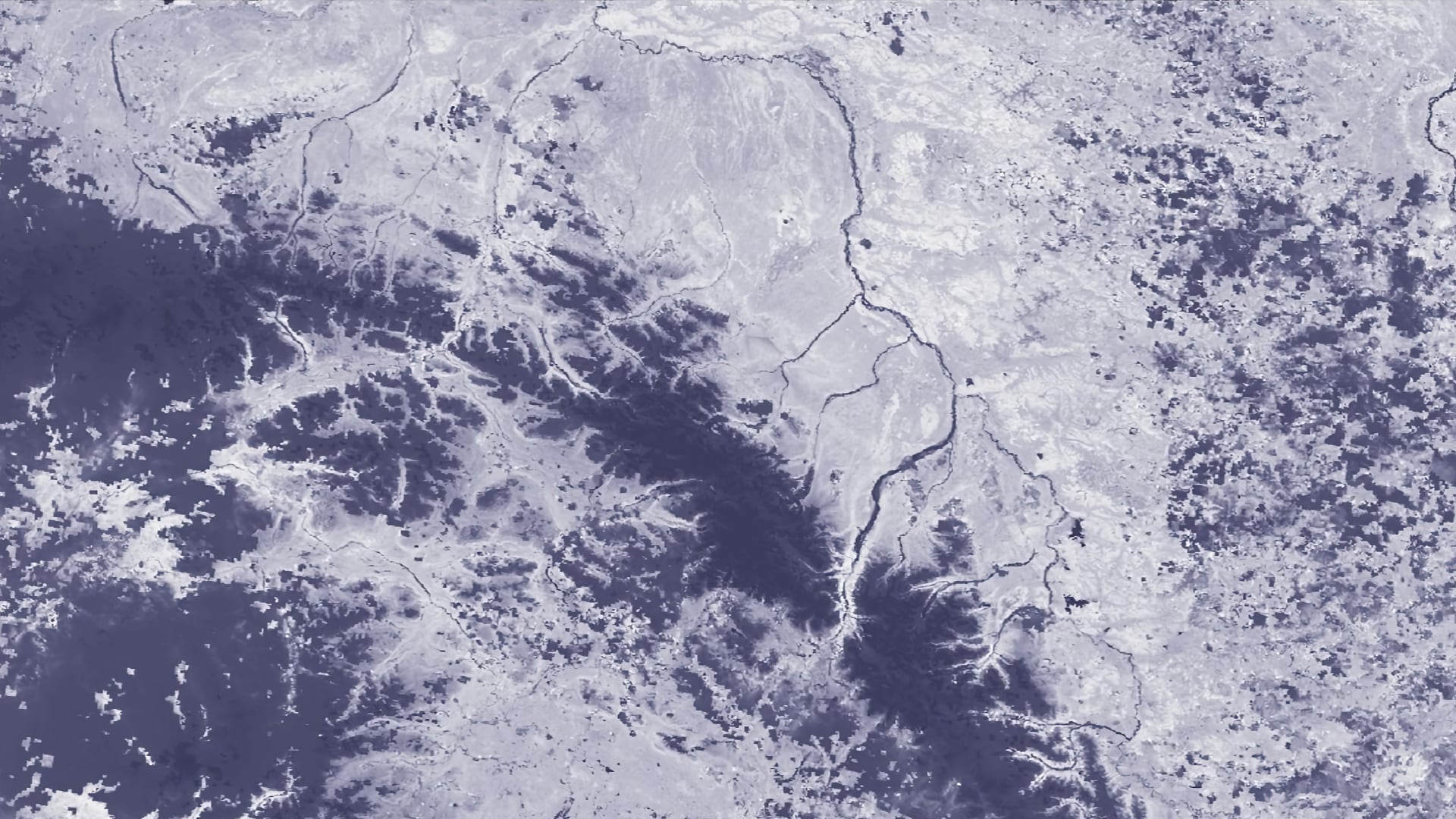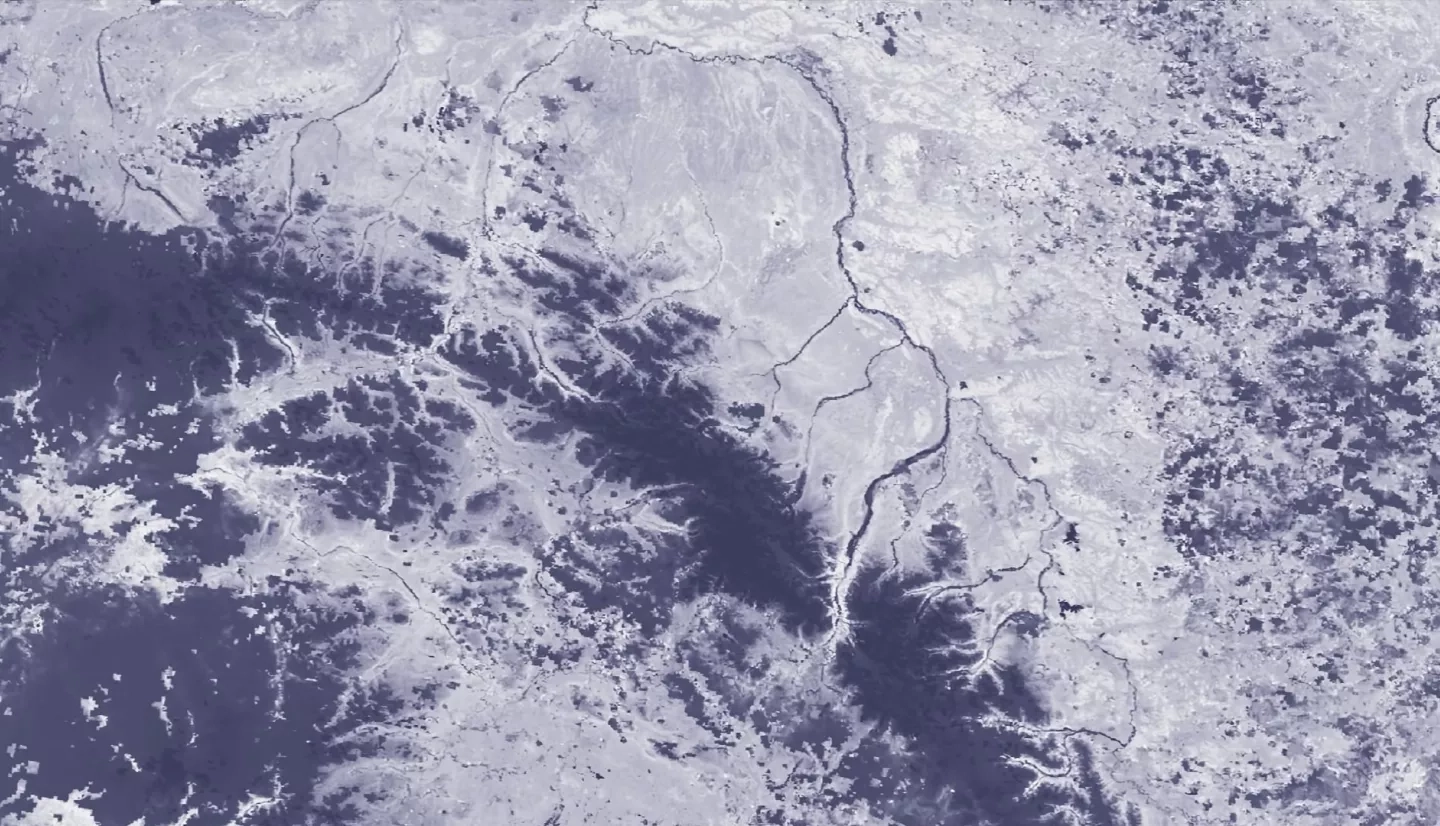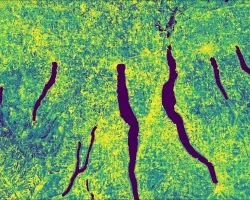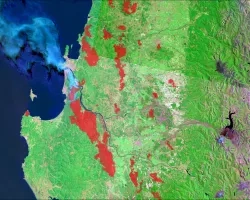
Alaska’s wildfire season has progressively increased in duration and intensity over the last decade, leaving forested areas subject to devastating destruction. These increases in wildfire occurrence are due to gradual rises in land surface temperature, decreases in precipitation levels, and lack of soil moisture throughout the state. This causes concerns for air pollution as well as the destruction of homes and wildlife habitats within or around forests. The Alaska Disasters project team used remotely sensed data obtained from Aqua Moderate Resolution Imaging Spectroradiometer (MODIS), Terra MODIS, Suomi National Polar-orbiting Partnership (NPP) Visible Infrared Imaging Radiometer Suite (VIIRS), and National Oceanic and Atmospheric Administration-20 (NOAA-20) VIIRS from April through September of 2004, 2005, 2015, and 2018 to observe vegetation and moisture changes in affected areas before and after wildfires. Using the Atmosphere-Land Exchange Inverse (ALEXI) Evaporative Stress Index (ESI) generated by the NASA Short-term Prediction Research and Transition Center (SPoRT), the team determined if ALEXI ESI provided lead time on the evaluation of vegetation stress. Team members completed this analysis by using Pearson’s correlation coefficient to determine the correlation between the ALEXI ESI output and various vegetation monitoring indices. The team then compared the utility of the ALEXI ESI to the Canadian Fire Weather Index (FWI) to evaluate the benefit of using ALEXI ESI in conjunction with current decision-making processes in Alaska. With these results, the Alaska Interagency Coordination Center (AICC) and Alaska Fire Science Consortium (AFSC) are able to make better-informed decisions when determining fire management techniques and assessing the risk of future wildfire outbreaks.



